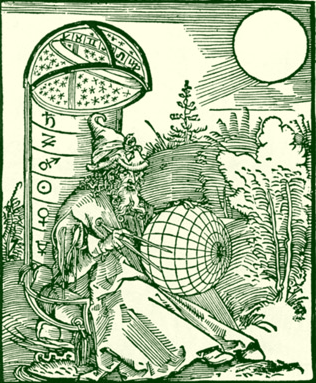

|
"Our emotional reaction to another person identifies him as a symbol to us. If the reaction is one of envy, jealousy, hatred, fear, etc., he has served to stimulate one of our inner congestions, confusions or unfulfillments; the person we 'hate' (wish to destroy) serves, by the stimulus of his vibration, to remind us of a past very serious, as yet unadjusted wrong. We do not ever 'hate' another person; we can hate only our unfulfillments and we can destroy them only by regenerated expression. If our reaction to another is one of harmony, joy, love, admiration, inspiration, etc., then, whoever, or whatever he maybe, his vibration has served to remind us of our own inner regeneracies." |